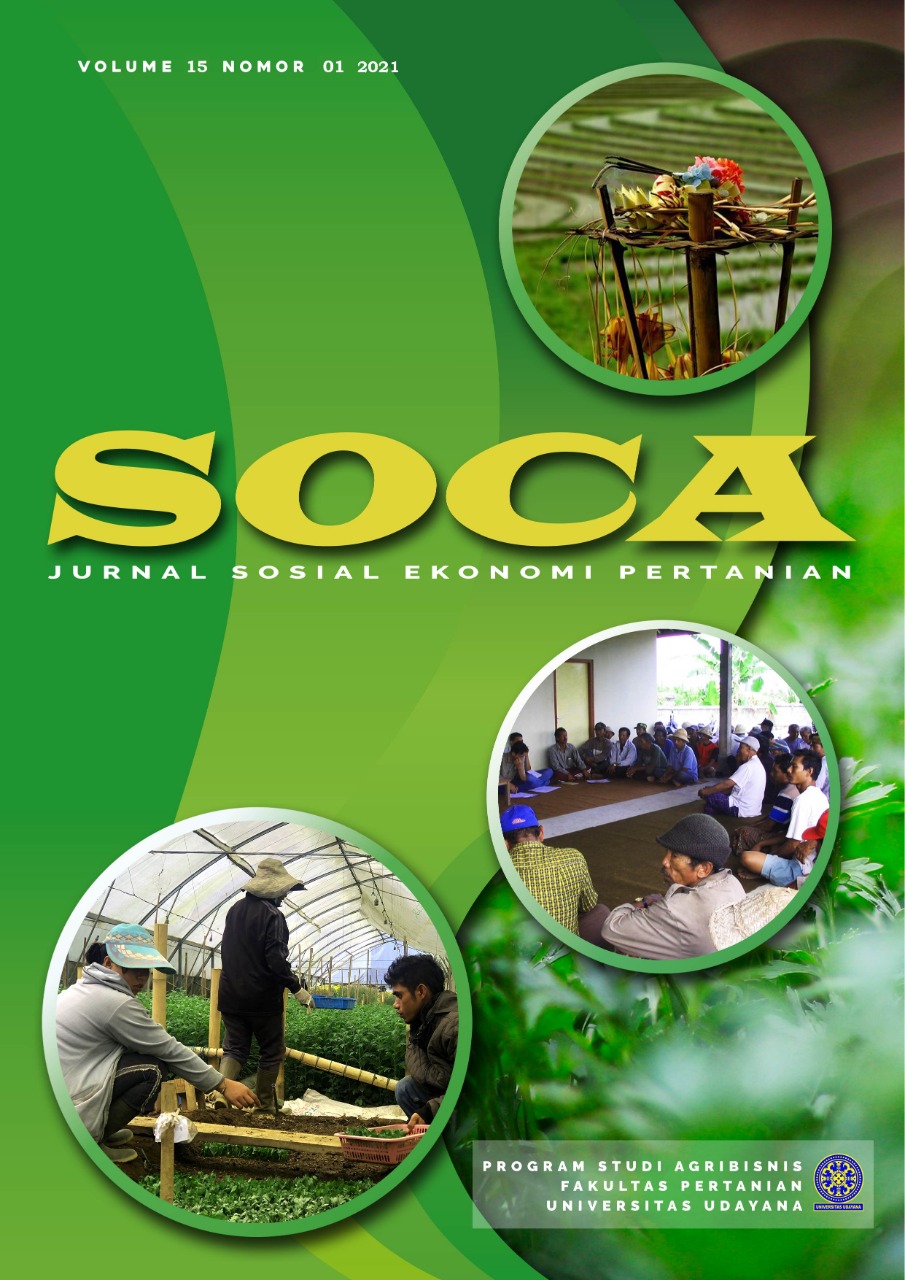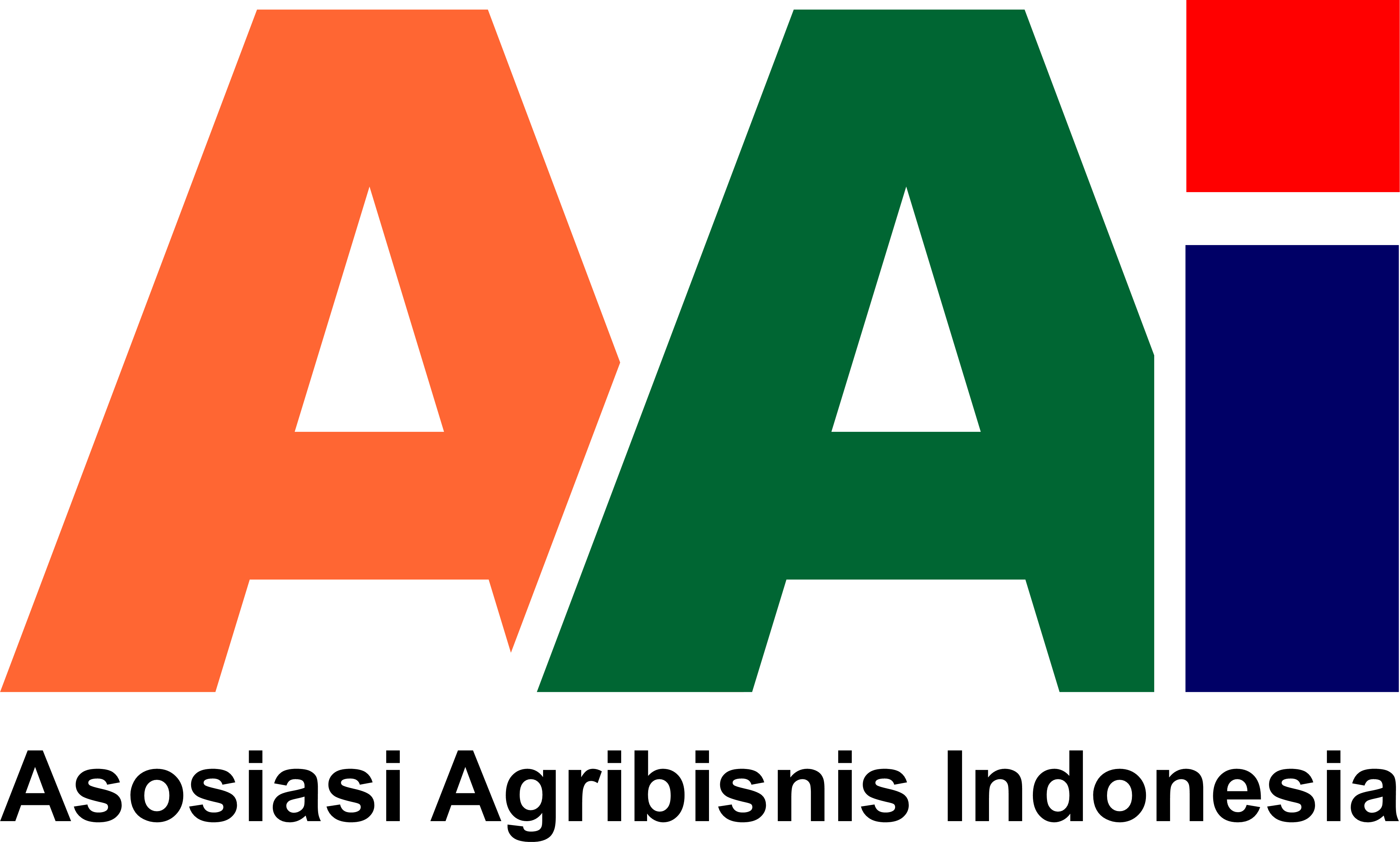Establishment of Regional-owned Food Business Entities as a Means to Eradicate Poverty and Increase Economic Growth
Abstract
East Java is a large province in Indonesia with the population of more than 39 million people and has economic dominance in the agricultural sector. Huge agricultural sector resources in East Java have high comparative advantages. Regional-owned Food Business Entities is one of the strategic policies that become a bridge for the agricultural production sector with its market. It is hoped that the welfare of farmers can be improved and will have an impact on poverty reduction and economic growth in East Java. This study aims to: 1) Provide a description of the role of Regional-owned Food Business Entities and its prospects based on the perspective of farmers in East Java; 2) Analyze determinants of poverty and economic growth as the ultimate goal of food enterprises, through the agricultural sector approach. The method used in this study was panel data analysis with the data from Central Bureau of Statistics year 2010-2018. The results showed that almost all farmers supported the establishment of Regional-owned Food Business Entities with the prerequisites for price certainty that benefited farmers. Furthermore, the results of the estimation of multiple linear regressions in the poverty model and the economic growth model show that poverty is strongly influenced by the quality of human resources, as well as the economic growth model. Before realizing the Regional-owned Food Business Entities, benchmarking was recommended to find out best practices and feasibility studies in various aspects.
Downloads
References
Badan Perencanaan Pembangunan Daerah Provinsi Jawa Timur (Bappeda Jatim). (2017). Buku Data Dinamis Triwulan IV 2017. Bappeda Provinsi Jawa Timur.
Blanco, M. (2018). The impact of the Common Agricultural Policy on developing countries. Brussels: European Parliament.
Christiaensen, Luc; Demery, Lionel. (2007). Down to Earth : Agriculture and Poverty Reduction in Africa. Directions in Development; Poverty. Washington, DC : World Bank
De La Fuente Á, Domenéch A., (2006), Human capital in growth regressions: how much difference does data quality make?, Journal of the European Economic Association, March 2006, 4(1), pp.1-36.
Dinas Pertanian dan Ketahanan Pangan. (2018). Laporan Tahunan Badan Pertahanan Pangan 2018. Kementerian Pertanian.
Kementerian Perencanaan Pembangunan Nasional (KPPN). (2015). Profil Tata Ruang Provinsi Jawa Timur. Direktorat Tata Ruang dan Pertanahan, Kementerian Perencanaan Pembangunan Nasional.
Mankiw N. G; Romer D, Weil D.N, (1992). Contribution to the Empirics of Economic Growth, The Quarterly Journal of Economics, Vol. 107, No. 2 (May, 1992), pp. 407-437;
Monczka, R. (2002). Purchasing And Supply Chain Management 2ed. South- Western. Ohio.
Nicholls, W. H. (1964). Agricultural policy: the place of agriculture in economic development. In Economic Development with Special Reference to East Asia (pp. 336-375). Palgrave Macmillan, London.
OECD. (2005). OECD Guidelines on Corporate Governance of State-Owned Enterprises.
Pelinescu, E. (2015). The impact of human capital on economic growth. Procedia Economics and Finance, 22(1), 184-190.
Ravallion, M., & Chen, S. (2007). China's (uneven) progress against poverty. Journal of development economics, Vol. 82(1), 1-42.
Riley, G. (2012). Economic Growth - The Role of Human & Social Capital, Competition & Innovation, dari http://www.tutor2u.net/economics/revision-notes/a2-macro-economic-growth-capital.html
Todaro, Michael P. 2003. Pembangunan Ekonomi di Dunia Ketiga. Penerjemah: Haris Munandar. Erlangga: Jakarta.
Troskie, D. P., Mathijs, E., & Vink, N. (2000). Characteristics of the agricultural sector of the 21st century. Agrekon, 39(4), 586-596.
Undang-Undang Nomor 12 tahun 2018 tentang Pangan
Vukadinović, P., Damnjanović, A., & Ranđić, J. K. (2017). The analysis of indiference and the price elasticity of demand between different categories of agricultural products. Economics of Agriculture, 64(2), 671-685.
Woś, A., & Grochowski, Z. (1977). Agricultural policies and general economic policy: The Polish experience. Food Policy, 2(1), 34-43.
Zejnullahi, E. D. (2016). Impact of Agricultural Policy in Development of Agriculture Sector Within the Period of 1999-2015 in Kosovo. European Journal of Multidisciplinary Studies, 1(4), 10-16.













